This coming year, 2019 we will celebrate the 50th anniversary of Apollo 11, humanity’s first ever landing on the Moon, the first ever trip to another celestial body. It makes sense therefore to consider NASA’s current plans for manned exploration of space and in particular the current plans, now being finalized for a manned return to the Moon expected to occur in or about the year 2028.
Now when President John F. Kennedy first proposed going to the Moon all of the engineers at NASA, Werner von Braun for example, thought that they’d have to build a rocket big enough to put a spacecraft into orbit that would go directly to the surface of the Moon, land there and later blast off from the Moon to head straight back to Earth. The most simple, uncomplicated approach in other words. The problem was that such a rocket would have been so huge and expensive that it would make the Saturn V look puny in comparison. There were many at NASA who doubted that developing such a rocket was possible in Kennedy’s time frame.
It was Dr. John Houbolt, see image below, of NASA’s planning directorate who advocated for a different plan called ‘Lunar Orbit Rendezvous’ (LOR). In this idea two smaller spacecraft would be sent into orbit around the Moon. One would be a Command and Service Module (CSM) that would sustain the astronauts during their voyage while also having the rocket engine that would send the astronauts back toward Earth. Only the second module, a Lunar Module (LM) would actually set down on Moon. With this approach the size of the actual spacecraft that landed would be much smaller, see image below, and this would make every other component of the mission, all the way back to the big rocket that took off from Earth, much smaller and therefore cheaper as well.
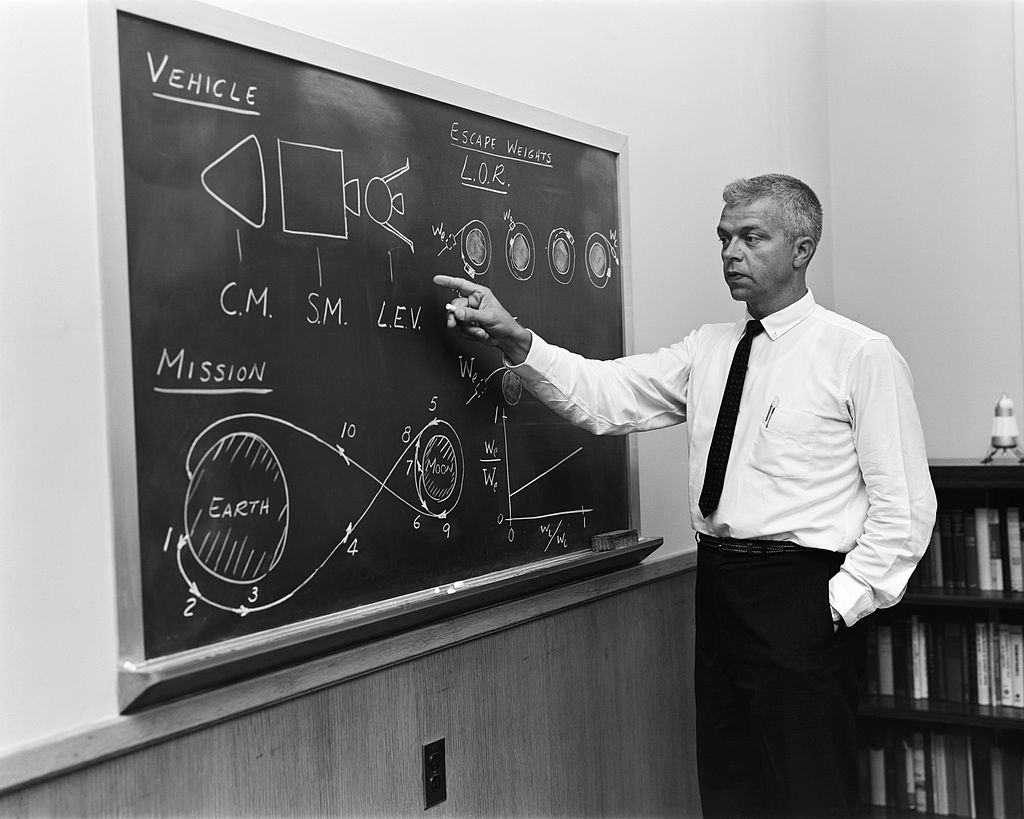
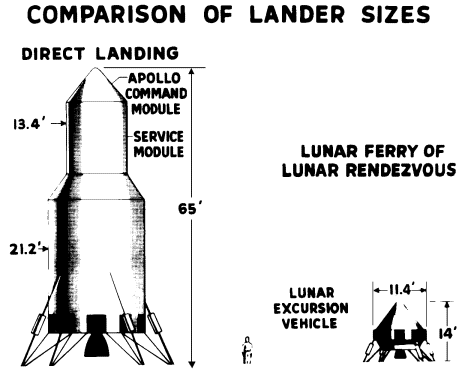
The problem with Lunar Orbit Rendezvous was the rendezvous part because once the astronauts had blasted back off from the Moon they would have to find and connect up with the CSM in order to get back home to Earth. The idea of two spacecraft in orbit around the Moon finding each other was scary, in 1960-62 no one knew if such a rendezvous was possible in Earth orbit let alone 400,000 km away in Lunar orbit.
Still it looked as if LOR was the only way to meet Kennedy’s deadline and NASA made it work. To the people back on Earth who watched the Apollo landings the astronauts made rendezvousing in lunar orbit seemed like a routine operation.
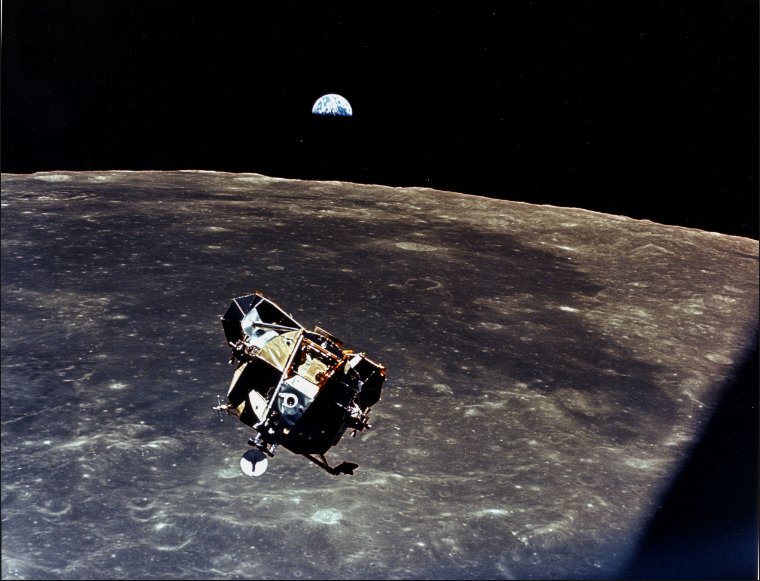
So now NASA is planning to take us back to the Moon, again in about ten years time. This time they already have two major components of the Apollo missions designed, built and nearly ready to begin flight-testing. The Space Launch System (SLS) and Orion crew module, see images below, are obviously updated versions of the Saturn V rocket and Apollo CMS modules. So all that we need is a new, improved Lunar Module, like the one in the image below. Once we’ve developed that we’ll be ready to go right?


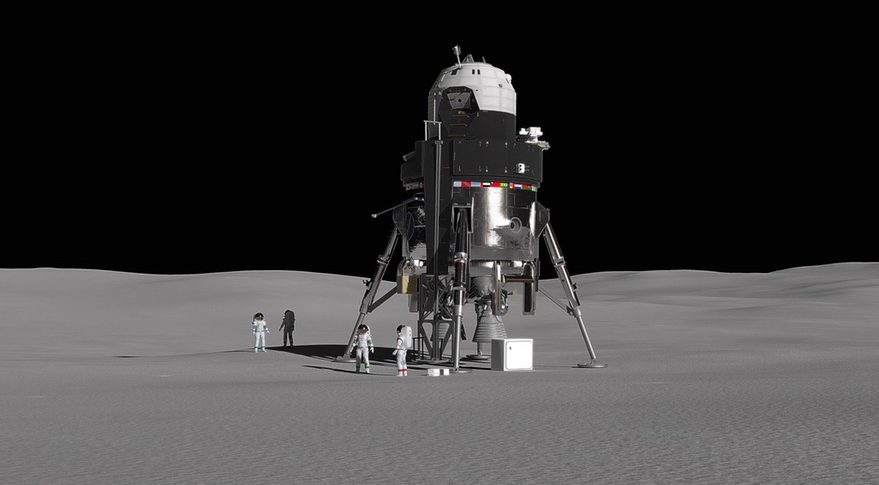
Not so fast, because you see NASA wants to build a space station in lunar orbit before going back down to the surface. This station is know as the Deep Space Gateway and is intended to serve as the rendezvous point for the Orion capsule and a proposed landing module. The Gateway is expected to cost about $20 billion to build and at least another $5 billion to assemble in lunar orbit. The image below shows the planned Deep Space Gateway.
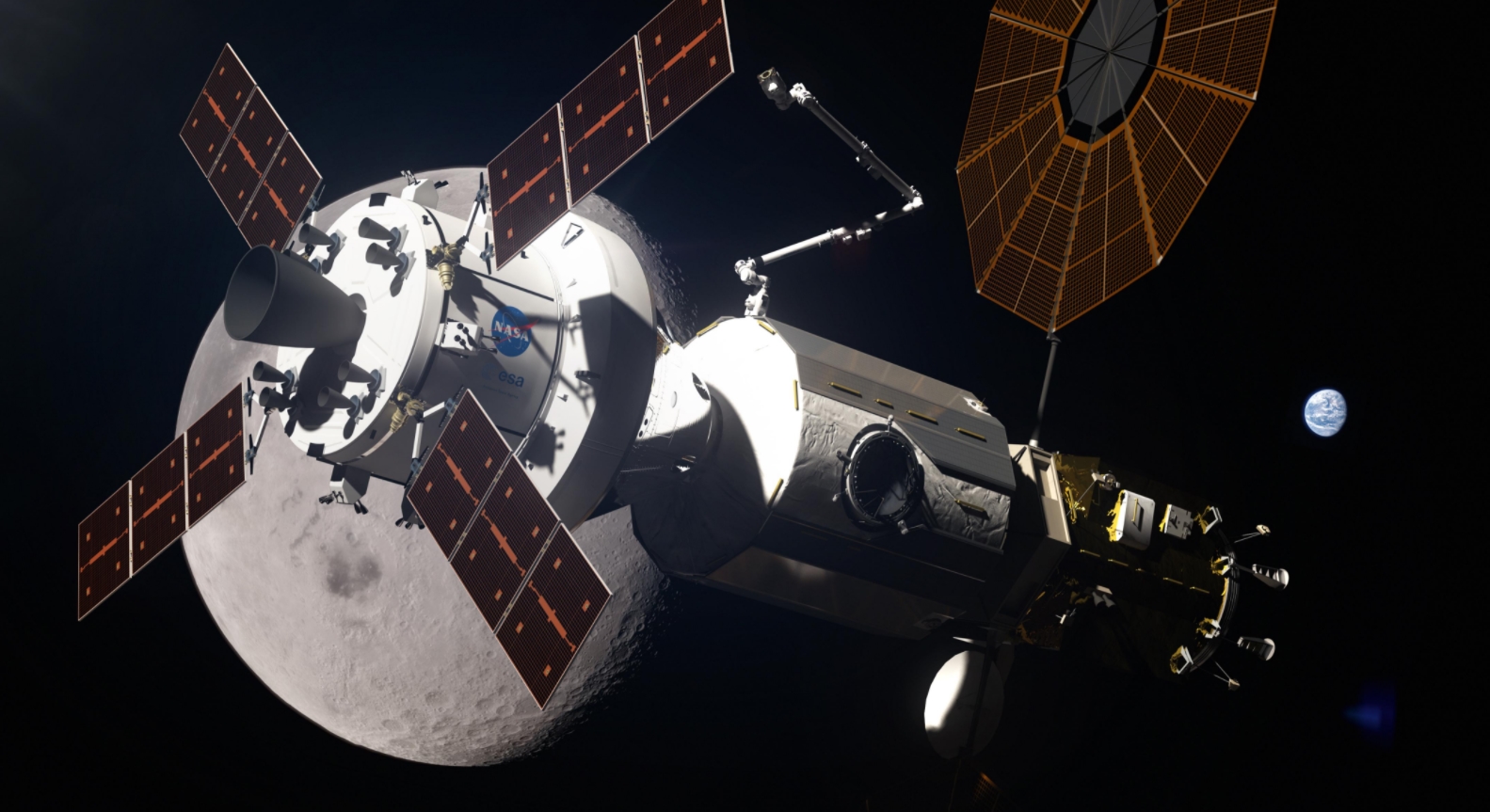
Now since the Apollo astronauts demonstrated that they could rendezvous in lunar orbit without a station being there you might wonder if the Deep Space Gateway, and the $25 billion it will cost is really necessary, and you won’t be alone in asking that. In fact the National Space Council’s User’s Advisory Group has recommended that the money for Gateway be instead spent on accelerating the development of the lander which could enable NASA to put a man back on the Moon 4-5 years earlier.
So why would NASA want to spend $25 billion or more and delay getting back to the Moon by five years anyway. Well now remember its called the Deep Space Gateway not the Lunar Orbiting Station and it was originally intended to go into an extremely elongated orbit around both the Earth and Moon, an orbit that would take it as far as 5 million kilometers from Earth on voyages lasting a month or more.
In other words the Deep Space Gateway is a stepping-stone to an interplanetary spaceship, a step on the road to Mars. NASA hoped to use the Gateway as a test bed for learning how to operate with astronauts far beyond the Earth orbit for months at a time, experience they will need to begin planning for a manned trip to Mars, and they still hope to do by occasionally putting the Gateway in extremely elongated lunar orbits. In a sense NASA is using the Gateway in order to connect going back to the Moon with going on to Mars!
Personally I want NASA to just concentrate on one mission and get it done. In the past twenty years the ‘next stage of manned spaceflight’ has flipped back and forth from Mars to back to the Moon to an asteroid to back to the Moon. I say let’s just develop a lander and get back to the Moon for real and then think about something like the Deep Space Gateway.
Anyway that’s my opinion, what’s yours?
